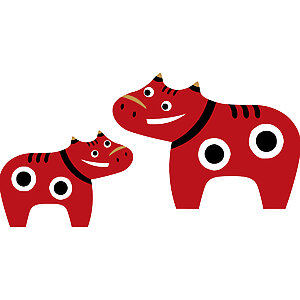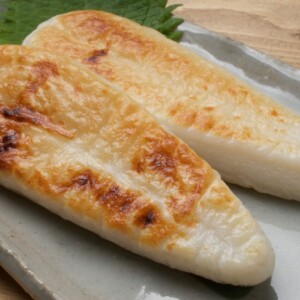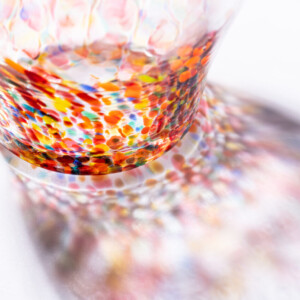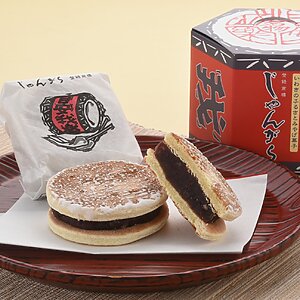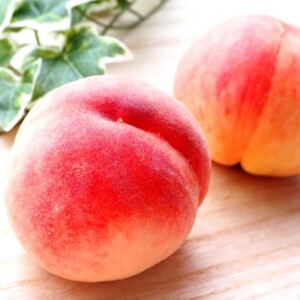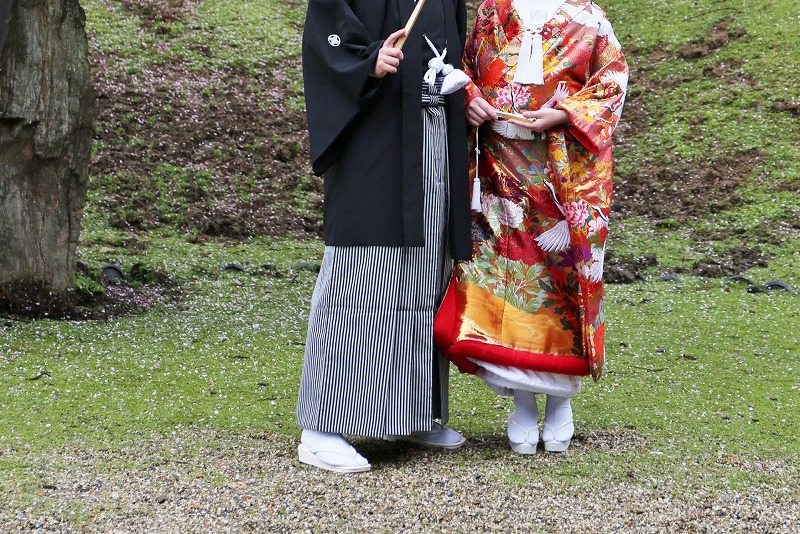
[Sendai City, Miyagi Prefecture] Important Intangible Cultural Property “Seiko Sendai-daira” is the highest quality brand of hakama fabric
table of contents
Kokeshi dolls are a traditional craft loved by the common people of Miyagi Prefecture.
So, what are the traditional crafts loved by the samurai class?
Sendai, a city of one million people, flourished as the political and economic center of the Tohoku region during the Edo period under the name Sendai Domain.
Sendai is a land pioneered by Date Masamune, who is known for his love of show, so naturally there are many crafts loved by samurai.
This time, we would like to introduce one of these crafts, ``Sendai-daira''.
The highest quality Japanese clothing brand! What is Sendaidaira?
Sendaihira is a type of textile that is pronounced ``Sendaihira''.
Also written as Sendaihei, this is a registered trademark of the limited partnership company Sendaihei.
In this article, it will be referred to as Sendai-daira to distinguish it.
Sendai-daira was known as the highest quality hakama material from the Edo period to the Meiji period because it is extremely durable and wrinkle-resistant. Most hakama have a gray striped pattern, but they are also sometimes used for accessories such as wallets.
It was born in the late 17th century to the early 18th century.
Date Tsunamura, the fourth lord of the Sendai domain, ordered Yaemon Komatsu, his weaver, to produce textiles for the domain in order to promote local industry.
During the era of the 5th feudal lord, Yoshimura, improvements were made using Kinkasan raw silk, and it became a hakama fabric with the highest technology.
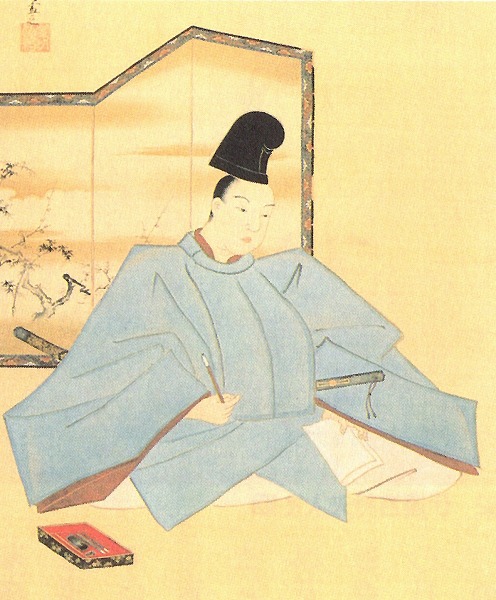
They were prized not only as gifts to the shogunate and other feudal domains, but also as gifts to the imperial family.
What is the charm of Sendaidaira?
This is how Sendai-daira was born, but why did it fascinate people at the time?
What exactly is the charm of Sendai-daira?
It can be said that the characteristics of Sendai-daira are its unique luster, luxurious feel, and robustness.。
With these characteristics, the Sendai-daira is sturdy yet maintains an elegant bulge when sitting, and when it is stood up, it has a neat shape and folds, making it ideal for use as a hakama for formal occasions. It is said that.
For this reason, it has been favored by high-ranking samurai.
The unique luster is created by a manufacturing method that brings out the properties of raw silk.
The warp thread is ``kneaded yarn'' (twisted thread), and the weft thread is untwisted raw silk that has been wetted with water.
This increases the density of the fabric and creates a durable fabric.
To make something more robust, the warp threads are also wetted with water and woven repeatedly.
Among those woven in this way, the one that is particularly durable and has a hard texture is called ``Seiko Sendai-daira''.
“Sendai-daira” has been designated as an important intangible cultural property.
"Sendai-daira" has been registered as an "Important Intangible Cultural Property (Craft Technique)" for two generations.
was born on July 10, 1902 in Sendai City, Miyagi Prefecture. In 1956, he was recognized as a holder of the Important Intangible Cultural Property "Sekoshi Sendai-daira" in the field of dyeing and weaving.
son, Yoshio Koda, who was born in Sendai City, Miyagi Prefecture on January 4, 1929, was also certified in 2002 as a holder of the Important Intangible Cultural Property ``Seiko Sendai-daira'' in ``Dyeing and Weaving''. .
"Important Intangible Cultural Properties" is a common name that refers to individuals who are individually certified as holders of important intangible cultural properties designated by the Minister of Education, Culture, Sports, Science and Technology of Japan based on Article 71, Paragraph 2 of Japan's Cultural Properties Protection Act. He is sometimes called a "living national treasure."
Incidentally, in the past and present, only two people, Eisuke Koda and Suiro Koda, have been certified as "Important Intangible Cultural Properties," commonly known as "Living National Treasures," in Miyagi Prefecture.
Current Sendaidaira
Sendai-daira has been woven with precision and beauty from generation to generation.
However, he could not go against the flow of the times.
Due to World War II corporate restructuring and an order banning the production of luxury goods, Sendai-daira, which at one time had been produced in excess of 30,000 rolls a year, was reduced to a very small number.
In post-war Japan, the demand for Japanese clothes itself decreased.
Sendai-daira, which had been loved as a hakama fabric, found itself in even more trouble.
As the demand for hakama decreased, the production volume decreased, and now only the joint-stock company Sendai-daira manufactures them.
The technique used to make Sendai-daira was registered as a national important intangible cultural property in July 2002 (registered name: ``Seiko Sendai-daira'').
However, Sendai-daira is not just a tradition that will be lost.
In 2013, we collaborated with that luxury brand “GUCCI” ,
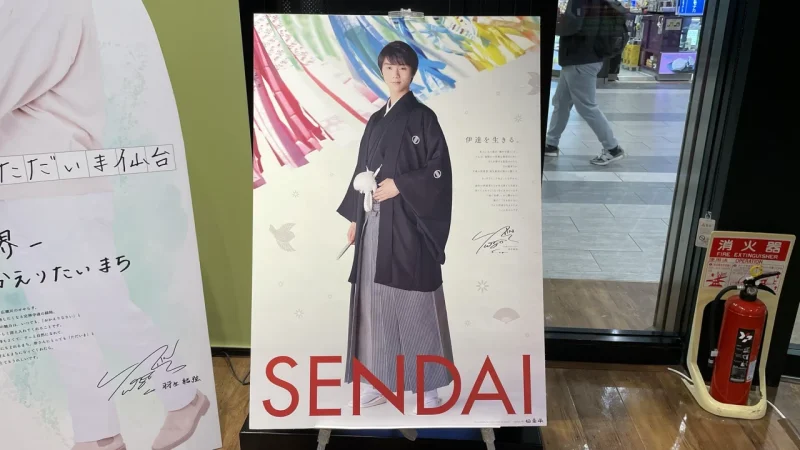
In 2017, Yuzuru Hanyu wore it in a Sendai tourism PR poster , and we are working hard to popularize it nationwide.
We have been selected every year for the Japan Traditional Crafts Exhibition, which will be held for the 65th time in 2018, showing our presence.
And what about the Sendai First Tower, a complex located in Ichibancho, Aoba Ward, Sendai City, Miyagi Prefecture, which opened in July 2009? The exterior design is based on the pattern of "Sendai-daira".
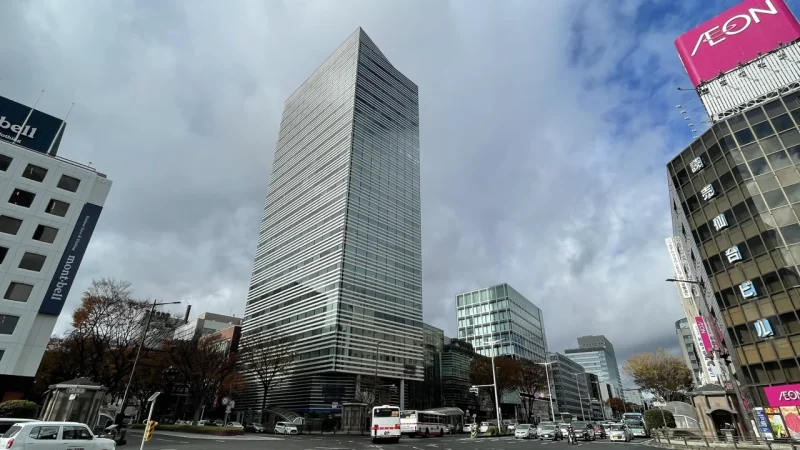
Even in modern times when Japanese clothes are no longer worn on a daily basis, the beauty of Sendai-daira remains unchanged.
If you have a chance, why not try out some Sendai Taira products?
You might be captivated by its robust yet delicate charm!


![Kijiyama Kokeshi - Akita Traditional Kokeshi with a distinctive expression that gives you a sense of sorrow [Akita Prefecture] Kijiyama Kokeshi's expression](https://jp.neft.asia/wp-content/uploads/2025/01/IMG_1792-150x150.jpg)
![Togata Kokeshi - Traditional Kokeshi developed at Togata Onsen in Miyagi Zao [Miyagi Prefecture] Togata Kokeshi's expression](https://jp.neft.asia/wp-content/uploads/2024/09/IMG_1784-150x150.jpg)
![Yajiro Kokeshi - Traditional Kokeshi developed around Kamasaki Onsen, the home of the Shiraishi Katakura family [Miyagi Prefecture] Yajiro Kokeshi's expression](https://jp.neft.asia/wp-content/uploads/2024/09/IMG_1801-150x150.jpg)
![Naruko Kokeshi - Traditional Kokeshi developed at Naruko Onsen, the three famous hot springs in Oshu in Miyagi [Miyagi Prefecture] Naruko Kokeshi's expression](https://jp.neft.asia/wp-content/uploads/2024/10/IMG_1783-150x150.jpg)
![Nakanosawa Kokeshi - Traditional Kokeshi that has evolved after breaking from the reputation of being a "part of the Doyu" [Fukushima Prefecture] Nakanosawa Kokeshi's expression](https://jp.neft.asia/wp-content/uploads/2024/10/IMG_1785-150x150.jpg)
![Doyu Kokeshi - Traditional kokeshi originating from "Doyu Onsen", which is said to be the birthplace of the three major kokeshi at Tohoku [Fukushima Prefecture] The expression of the Doyu Kokeshi](https://jp.neft.asia/wp-content/uploads/2024/10/IMG_1799-150x150.jpg)
![Nanbu Kokeshi - A slightly unusual traditional kokeshi with a distinctive characteristic [Iwate Prefecture] The expression of the southern kokeshi](https://jp.neft.asia/wp-content/uploads/2024/11/IMG_1788-150x150.jpg)
![Zao Takayu Kokeshi - Traditional Kokeshi developed in Zao Onsen, following the trends of Doyu and Togarida [Yamagata Prefecture] Zao Takayu Kokeshi's expression](https://jp.neft.asia/wp-content/uploads/2024/11/IMG_1781-150x150.jpg)

